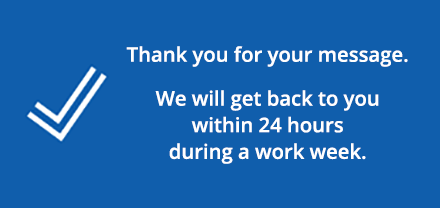Maximizing creative for the big screen:
9 best practices
Big screen advertising is a dynamic space, to say the least. Today you can deliver ads via a huge number of engaging ways, like addressable TV, OTT, CTV, VOD, AVOD, DAI, BVOD, and of course linear TV…the list does go on. As new forms of ad delivery emerge, what remains the same is the need to engage and delight your audience.
Successful big screen ads do this by telling a compelling story in a way that magnifies both the brand and message. So, what does it take to produce a successful big screen ad?
After analyzing the performance of over 1000 ads across 20 countries, MetrixLab has created a set of broad learnings that help drive strong performance on the big screen. Senior Solution Consultant Keith Sutherland and Lead Senior Research Manager Paul Predovic have compiled these learnings into 9 best practices that follow 3 core principles. Let’s jump in.
Inject creativity into your storytelling
It goes without saying that creativity is key to bringing your advertising to life and captivating your audience. When it comes to big screen advertising, we’ve identified some clear themes that can help you do this.
Use a distinctive creative style and challenge the status quo: using a distinctive style has a significant impact on attention, branding, message communication, and buying intent. Doing so will not only draw more attention but will evoke stronger reactions. A great example of successful creative advertising is Guinness’s Holding out for a ZERO ad. Watch it here.
Need a hand with unlocking the full potential of your creative capabilities? Discover our creative testing solution suite.
Don’t preach to the camera: there’s no need to break the fourth wall. Instead, use inter-character dialogue to get your point across. Our learning is backed up by Thinkbox, who also found that ads featuring a higher level of human interaction lead to higher memory encoding responses than ads with low to no human interaction.
SONIC’s Big names ad is a testament to this. Imagine if this ad was directed with Ellie Kemper and Jane Krakowski speaking directly into the camera about the magic of SONIC nights. Would it pique your interest as much?
Focus on the story rather than piecing together too many vignettes: telling a great story should be the object of the exercise, and using vignettes can take away from this. Keep the storyline simple to prevent overcrowding the ad and confusing viewers.
Take a look at Samsung’s Join the flip side ad. No vignettes, no problem – the focus is on telling a compelling story and captivating the audience.
Keep your brand front and center
Ensuring your brand stays top of mind is easier said than done. Here’s how you can make it work:
Clearly integrate your brand into the storyline: give viewers a clear understanding of what’s being advertised and why. Think of your brand as your ad’s key protagonist.
Legoland’s Awesome never stops ad is a prime example. The brand is central to the storyline and the ad’s message is clear: awesome never stops at Legoland.
Use audio brand cues: strong audio cues are instantly recognizable, can help differentiate your brand, and can even serve to reinforce brand values. In a nutshell, incorporating audio brand cues positively impacts brand linkage and creates another layer of branding.
This ad by Head & Shoulders exemplifies this well.
Focus on maximizing message impact
What message do you want to convey through your ad? How does it relate to your wider brand story and values? Ask these questions to maximize message impact and:
Balance functional & emotional messaging: purely emotional messaging can sometimes leave viewers wondering what the ad is about. The key is to find the sweet spot between evoking the right emotions and clearly relaying the message. Pedigree’s mini dog food ad illustrates this beautifully. It should be noted that when it comes to striking an emotional chord, evoking a sense of happiness is not the only path to success. Other emotions can also work to establish a hero role for your brand. A good example is Bayer Aspirin’s Your heart isn’t just yours ad.
Now that you’re in on the 9 best practices of successful big screen advertising, it’s time to get to work. But you don’t have to do it all yourself. Contact one of our experts today to get the most out of your advertising efforts.










